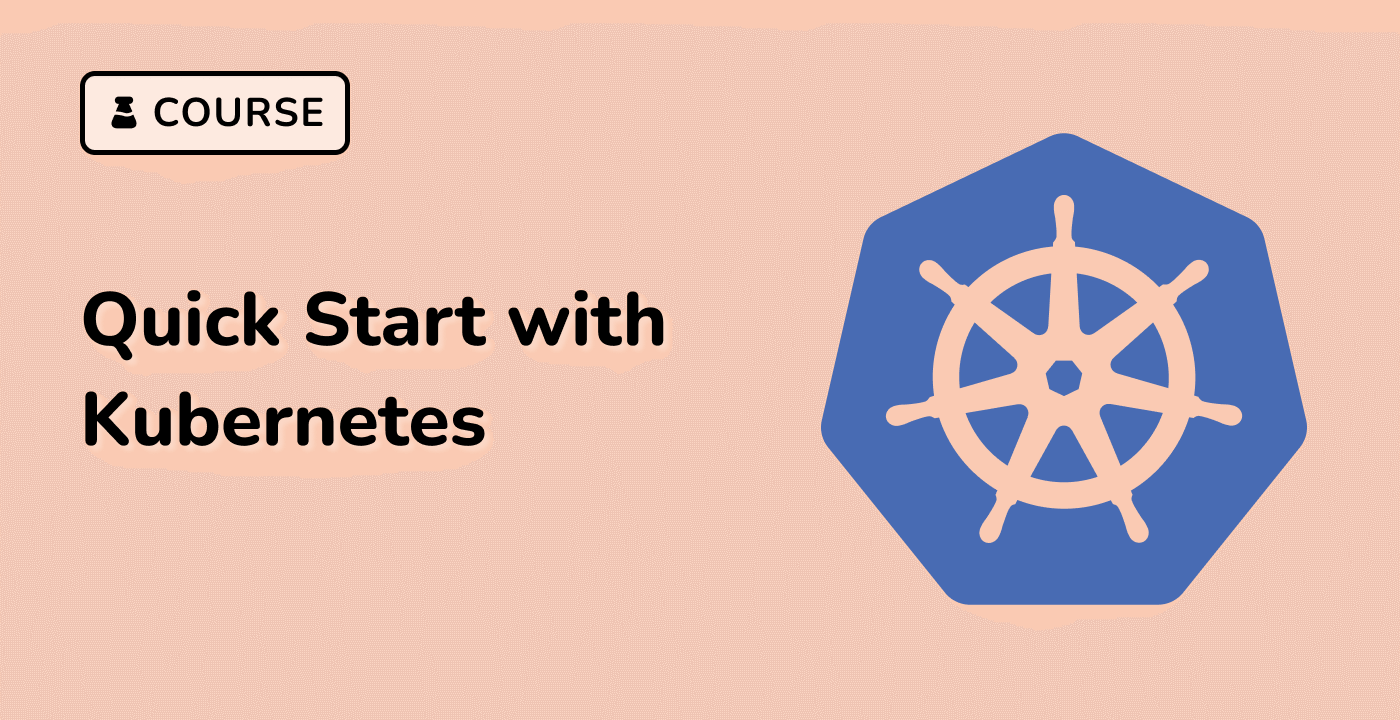Create a Pod with Persistent Volumes
The fifth step is to create a Pod with a Persistent Volume (PV) and a Persistent Volume Claim (PVC). PVs and PVCs are used to store and access data persistently across Pod restarts.
To do this, you will first create a PV.
apiVersion: v1
kind: PersistentVolume
metadata:
name: my-pv
spec:
capacity:
storage: 1Gi
accessModes:
- ReadWriteOnce
hostPath:
path: "/mnt/data"
Save the above code in a file named /home/labex/project/pv.yaml and execute the following command:
kubectl apply -f /home/labex/project/pv.yaml
This command will create a PV named my-pv with a capacity of 1Gi and a host path of /mnt/data.
Next, you will create a PVC that requests 1Gi of storage from the PV.
apiVersion: v1
kind: PersistentVolumeClaim
metadata:
name: my-pvc
spec:
accessModes:
- ReadWriteOnce
resources:
requests:
storage: 1Gi
Save the above code in a file named /home/labex/project/pvc.yaml and execute the following command:
kubectl apply -f /home/labex/project/pvc.yaml
This command will create a PVC named my-pvc that requests 1Gi of storage.
Finally, you will modify the YAML file to add a volume and a volume mount to the Nginx container.
apiVersion: v1
kind: Pod
metadata:
name: my-pod-5
spec:
containers:
- name: my-container
image: nginx
volumeMounts:
- name: my-volume
mountPath: /mnt/data
volumes:
- name: my-volume
persistentVolumeClaim:
claimName: my-pvc
Save the above code in a file named /home/labex/project/pod-pv.yaml and execute the following command:
kubectl apply -f /home/labex/project/pod-pv.yaml
This command will create a Pod named my-pod-5 with a single container named my-container that runs the Nginx image and has a volume mount at /mnt/data that is backed by the PVC named my-pvc.



